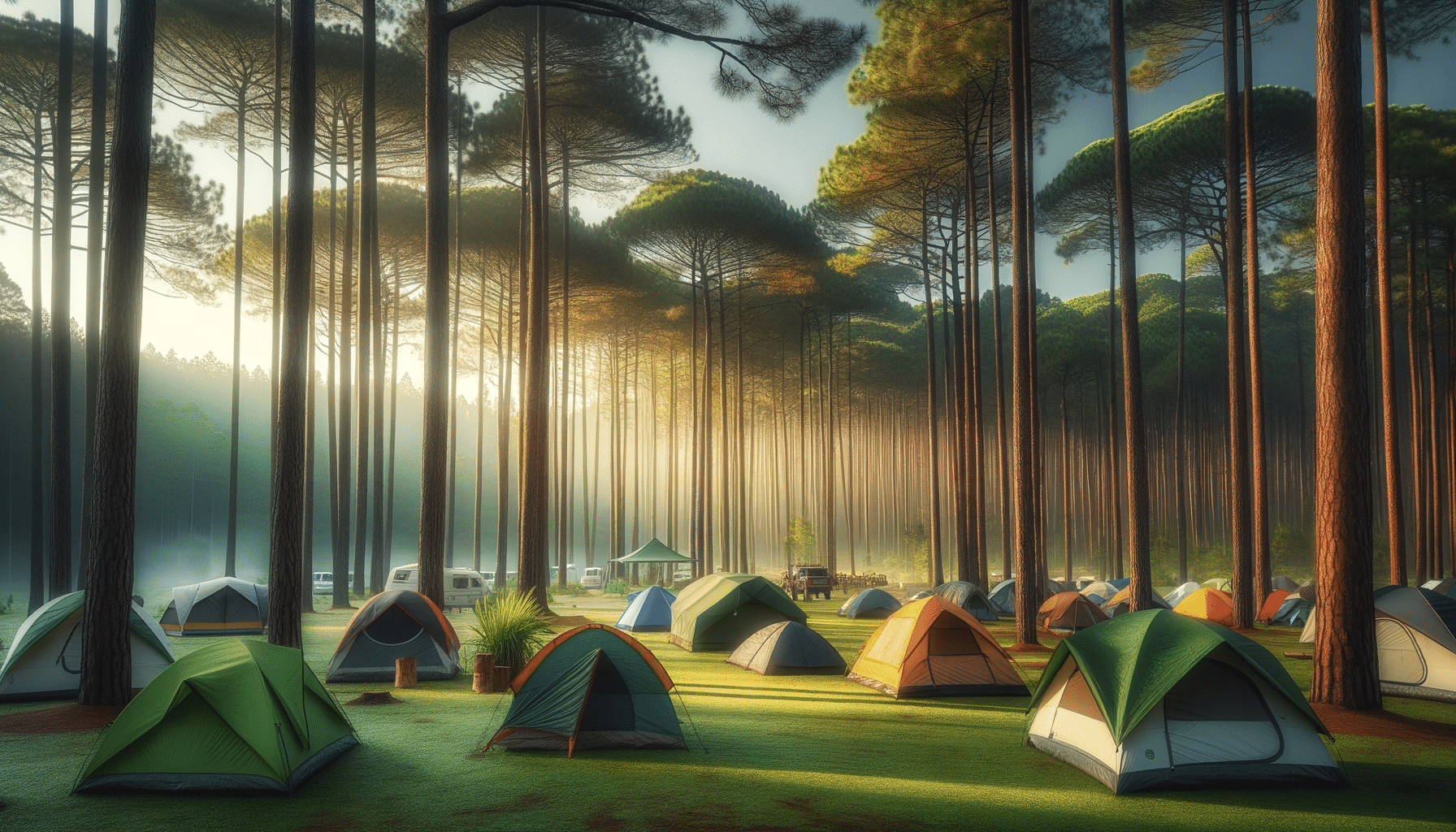
Discover How the Right Tent Can Change Your Camping Experience
The Evolution of Tents: A Journey Through Time
Camping has long been a beloved outdoor activity, offering a chance to reconnect with nature and escape the hustle and bustle of daily life. Central to this experience is the tent, a shelter that has evolved significantly over the years. From the simple, rudimentary shelters used by nomadic tribes to the advanced, weather-resistant structures available today, tents have come a long way.
In ancient times, tents were primarily made from animal skins and wooden poles, offering basic protection from the elements. As time progressed, the introduction of new materials like canvas and synthetic fabrics revolutionized tent construction, making them lighter, more durable, and easier to set up. Today, tents are equipped with features that cater to various needs, whether you’re a solo backpacker or a family on a weekend getaway.
The evolution of tents is not just about materials and construction. Modern tents are designed with user comfort in mind, offering features such as multiple rooms, built-in lighting, and enhanced ventilation systems. These advancements have made camping more accessible and enjoyable for everyone, from seasoned adventurers to first-time campers.
Types of Tents: Finding the Right Fit for Your Adventure
Choosing the right tent is crucial for a successful camping trip. With a variety of options available, it’s important to consider factors such as size, weight, and intended use. Here are some common types of tents and what makes each unique:
- Dome Tents: Known for their simple setup and stability, dome tents are a popular choice for many campers. They offer ample headroom and can withstand moderate winds and rain.
- Backpacking Tents: Designed for hikers and backpackers, these tents are lightweight and compact, making them easy to carry over long distances. They are typically smaller, accommodating one to two people.
- Family Tents: These spacious tents are ideal for families or groups, often featuring multiple rooms and large vestibules for storage. They provide comfort and convenience for extended camping trips.
- Pop-Up Tents: Perfect for beginners or those who prefer convenience, pop-up tents can be set up in seconds. They are great for short trips or festivals but may not offer as much durability in harsh weather conditions.
When selecting a tent, consider the environment you’ll be camping in, the number of people it needs to accommodate, and how much gear you’ll be bringing along. Each tent type offers distinct advantages, so choose one that aligns with your camping style and needs.
Materials Matter: Choosing the Right Fabric for Your Tent
The materials used in tent construction play a crucial role in its performance and longevity. Modern tents are primarily made from synthetic fabrics such as nylon and polyester, each offering unique benefits.
Nylon: Known for its strength and elasticity, nylon is a popular choice for lightweight tents. It is highly resistant to abrasion and tears, making it ideal for rugged environments. However, nylon can absorb water, so it’s often treated with a waterproof coating to enhance its weather resistance.
Polyester: While slightly heavier than nylon, polyester is more resistant to UV damage and doesn’t absorb water as readily. This makes it a great choice for tents that will be exposed to prolonged sunlight. Polyester tents are also more stable in fluctuating temperatures, maintaining their shape better than nylon tents.
In addition to fabric, consider the tent’s poles, which provide structure and stability. Common materials include aluminum and fiberglass; aluminum is lightweight and durable, while fiberglass is more affordable but can be less sturdy.
Understanding the materials used in your tent will help you make an informed decision, ensuring that your shelter withstands the elements and provides a comfortable camping experience.
Setting Up Camp: Tips for a Seamless Tent Pitch
Setting up a tent can seem daunting, especially for novice campers. However, with a few tips and tricks, you can ensure a smooth and efficient setup process, allowing you to enjoy your outdoor adventure with ease.
First, choose a suitable campsite. Look for flat, dry ground away from potential hazards like falling branches or rising tides. Clear the area of debris and rocks to create a comfortable sleeping surface.
When pitching your tent, follow these steps for success:
- Lay down a ground tarp: This adds an extra layer of protection against moisture and sharp objects.
- Assemble the poles: Connect the tent poles according to the instructions, ensuring they are securely fastened.
- Attach the tent body: Drape the tent body over the poles, securing it with clips or sleeves as indicated.
- Stake it down: Use tent stakes to anchor the tent, adjusting the tension to keep the structure taut.
- Install the rainfly: If your tent has a rainfly, attach it for added weather protection.
Practice makes perfect, so consider setting up your tent at home before heading out. Familiarizing yourself with the process will save time and reduce stress when you arrive at your campsite.
Maintaining Your Tent: Tips for Longevity and Performance
Proper maintenance is key to ensuring your tent remains in excellent condition for years to come. By taking a few simple steps, you can extend the life of your shelter and enhance its performance on every trip.
After each camping trip, clean your tent thoroughly. Shake out dirt and debris, and wipe down the interior and exterior with a mild soap solution. Allow it to air dry completely before storing it to prevent mold and mildew growth.
Inspect your tent for any damage, such as tears or broken zippers. Repair small tears with a patch kit and lubricate zippers to keep them functioning smoothly. Store your tent in a cool, dry place, avoiding direct sunlight and extreme temperatures.
By investing time in regular maintenance, you’ll ensure that your tent remains a reliable and comfortable refuge during your outdoor adventures. A well-cared-for tent will not only enhance your camping experience but also provide peace of mind on your journeys.


